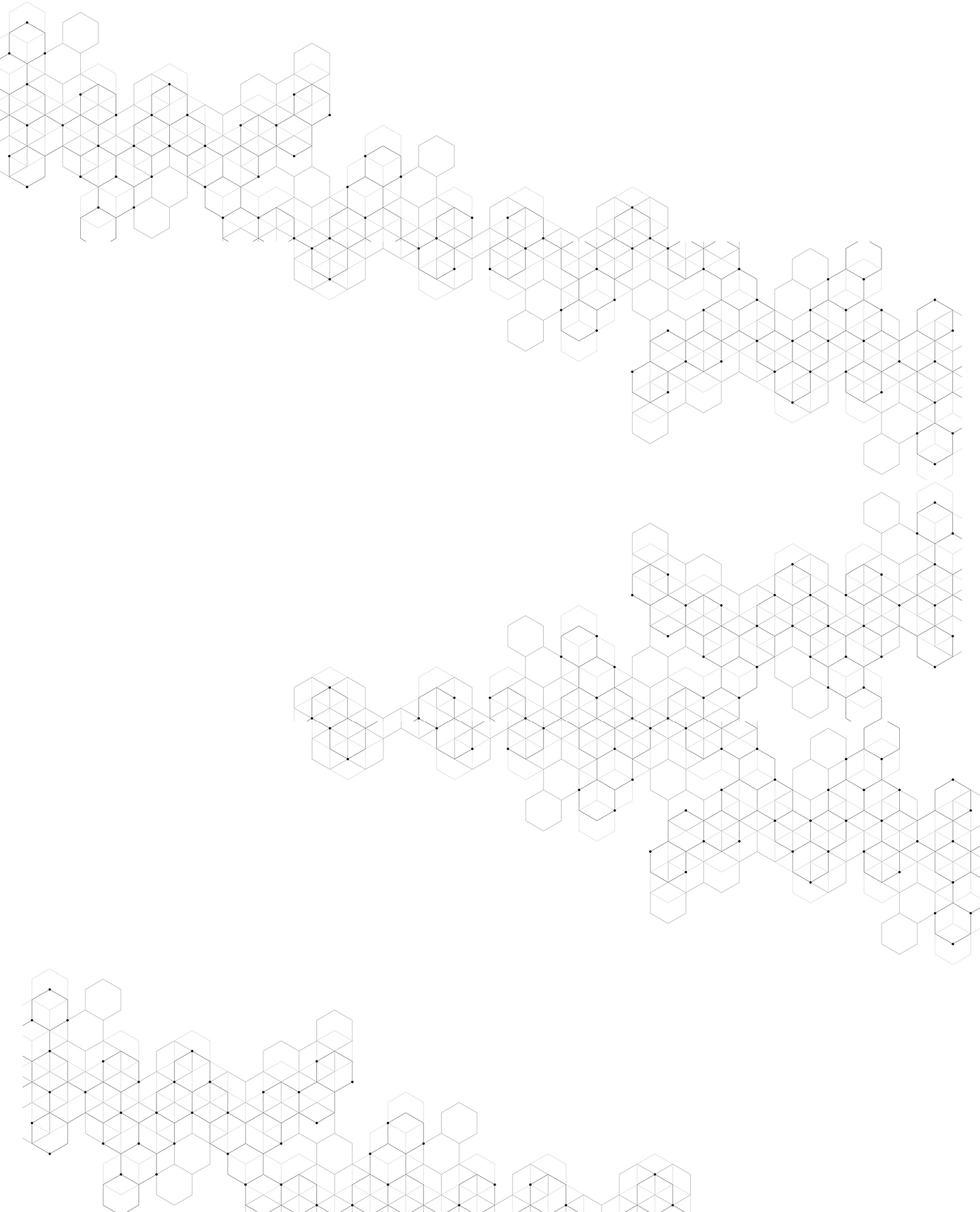Quality Assurance & Control through LabVIEW-based Automation
- Mar 27, 2023
- 4 min read
Updated: Nov 4
Window tint manufacturer improved QA through implementation of turnkey, automated film testing solution built by Cyth Systems with LabVIEW.

Project Summary
Window tint manufacturer improved quality assurance through implementation of turnkey, automated film testing solution built on LabVIEW.
System Features & Components
Turnkey film quality testing system delivered calibration repeatability, multi-axis measurement and standardized quality control
LabVIEW-based measurement automation and algorithmic analysis of images with custom calibration routines and pass/fail decision logic
Custom optical measurement solution contained in benchtop housing with a high-resolution camera, high-powered LED array and cartridge clamp mechanism
Outcomes
Standardized quality control across all production lines through eliminating manual inspection
Reduced error rates in film acceptance by implementation of measurable pass/fail criteria
Expanded quality assurance capacity by deploying test units to every production line
Improved product quality assurance through enabling capture of fine defects
Technology at-a-glance
LabVIEW software
Custom optical measurement housing
High-resolution camera
High-power LED illumination
Precision cartridge clamp solution
Precision Engineering and Inspection
Window tint film shields vehicles and buildings from heat, UV damage and glare. This seemingly simple technology requires precision engineering and manufacturing to ensure adequate visibility and durability of the ting long term. Ensuring consistent film quality at production volume requires automated testing to deliver reliable, high-quality results.
Manual Testing Bottlenecks
A well-established San Diego window tint manufacturer needed to transform their quality control process from manual inspection to automated precision measurement.
The greatest limitations to their quality assurance were:
Manual inspection resulting in quality variations: different quality inspectors rated distortion and striation levels subjectively, producing iconsistent quality judgements
Random sampling missing defects: randomly selecting film segments from production lines left gaps in quality assurance coverage
No standardized measurement criteria: without numerical pass/fail thresholds, accepted quality standards varied significantly between shifts
Scale limitations: Manual processes limited production volumes and scalability of the business
The quality of window tint film relies on minimal surface grain and distortion. Striations on the film directly impact transparency, and consequently, customer satisfaction
The window tint film manufacturer needed to implement an automated tessting system to achieve the critical consistent, repeatable measurements they needed across all of their product lines. They turned to Cyth Systems for help because of their expertise with test automation and precision measurements.
Multi-subsystem Architecture
Cyth engineered a benchtop distortion measurement system, a turnkey solution that combined optical measurement hardware with custom LabVIEW software for automated quality control. The prominent subsystems in the solution were:
Housing with cartridge clamp system: mechanical fixture for positioning and stabilizing film samples to ensure consistent test quality
High-powered LED illumination: array of controlled lighting to eliminate ambient variables and highlight surface characteristics of test samples
Precision camera scanning: high-resolution image capture scans entire film surface with calibrated field of view
Custom LabVIEW measurement algorithm: custom algorithm analyzes surface grain, calculates distortion ratings and applies pass/fail criteria based on specifications
Multi-axis measurement protocol: four-point measurement system captures comprehensive distortion profiles
Calibrated repeatability: systems were standardized based on hundreds of reference samples to align manufacturer’s existing rating scale matches the specifications and thresholds in the test system
The automated testing workflow was sequenced as follows:
Operator calibrates the camera to appropriate field of view
Film sample is loaded into the cartridge clamp
First measurement is captured at 0 degrees orientation
Cartridge is rotated 90 degrees and steps 2-4 are repeated
LabVIEW-based algorithms calculated the average distortion score of the sample
Pass/fail determination is made automatically based on quality acceptance thresholds

Iterative Algorithm Refinement
The window tint manufacturer’s product lines varied from automotive window tint to commercial building installations, with each application requiring very specific distortion tolerances.
One of the most challenging technical aspects to develop was the calibration of the optical measurement system. The custom measurement algorithm was iteratively tested with hundreds of collaboratively-rated film samples, which trained the system to recognize quality characteristics that experienced operators identified visually.
Enclosed, benchtop version of tester alongside laptop HMI.
Core System Architecture:
Optical measurement subsystem included high-resolution cameras with a calibrated field of view and high-power LED lighting array enclosed in a custom, compact housing designed for benchtop integration.
Mechanical handling subsystem was built with a cartridge clamp mechanism to enable standardized sample positioning with 90-degree rotation capabilities for multi-axis measurement and an operator-accessible interface for replacing samples.
Custom LabVIEW control and analysis software enabled the implementation of processing algorithms to automatically measure film sample distortion and display results based off of the window tint manufacturer’s existing quality rating system.
User interface and reporting features were also built with LabVIEW; the front panel guided operator workflow and included graphs with numerical distortion scores and data trends. Quality control documentation was automatically generated and saved to a secure database.
The core elements of the final solution enabled the manufacturer to remove subjectivity from their quality assessments while ensuring adherence to the manufacturer’s existing and established quality rating system.
Iterative system calibration process was a collaboration between the manufacturer’s quality experts and Cyth Systems engineering to test hundreds of film samples and ensure measurement accuracy and repeatability.
Extensive standardization validation performed to deliver identical ratings across units for quality assurance at scale.
Turnkey integration facilitated operator ramp-up due to straightforward sample loading procedure and automated measurements.
The precise, quantifiable results of the system enabled data-driven decision making, which mitigated quality risks and reduced overall test times.
Improved Quality Assurance
The automated window film quality test solution enabled the manufacturer to improve and scale quality control operations. The turnkey system delivered:
Standardized quality control across all production lines through eliminating the inconsistencies in manual inspection.
Reduced error rates in film acceptance through implementation of measurable pass/fail criteria, as opposed to subjective operator judgement.
Expanded quality assurance capacity by deploying units to every assembly line to ensure comprehensive coverage for all production.
Improved product quality assurance through enabling capture of defects that were previously imperceptible.








